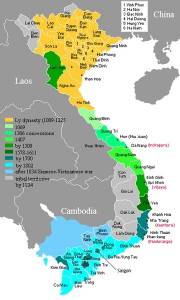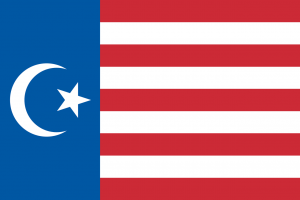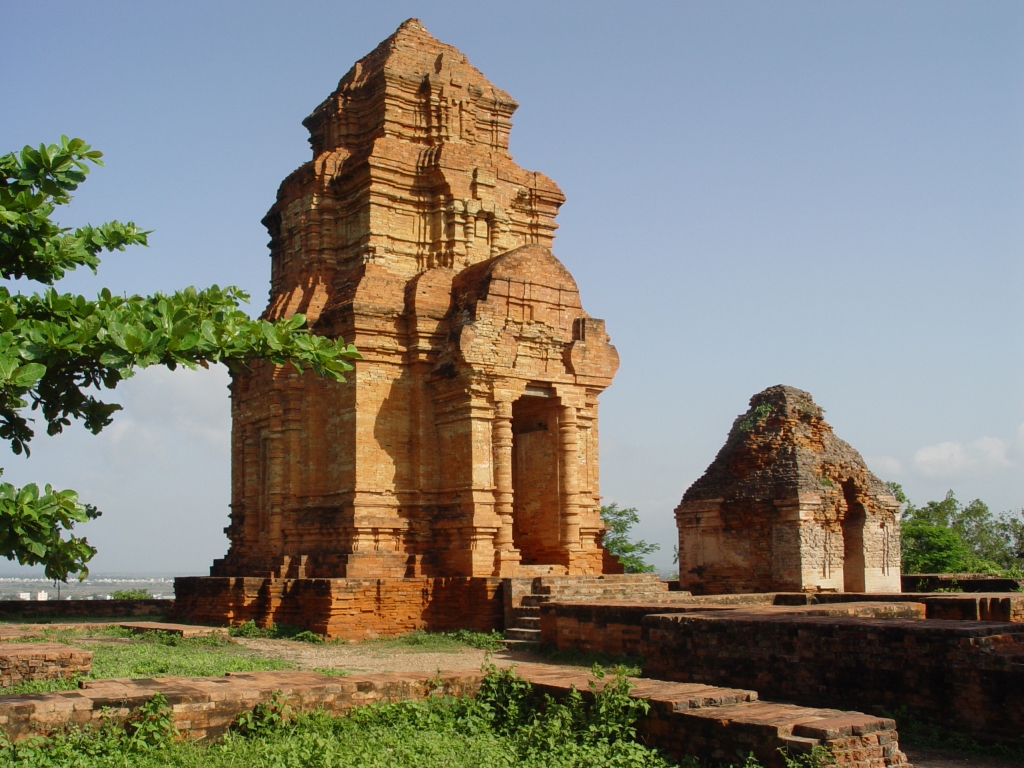My family, such as it was, lived in a red brick house at 9853 Champa Drive (1,564 square feet, three bedrooms and two bathrooms) in east Dallas from the summer of 1963 until September 1971. Champa was about half a mile long, running diagonally. To the northwest was Norbuck Park, to the southeast was White Rock Lake, to the south was Hexter Elementary and to the east was Hill Junior High; I attended both of those fine educational institutions. Some of the other streets in the neighborhood were Van Dyke, Edgelake, Blanning, Aqua, Coolair, Parkhurst, Kirkwood, Hambrick, Bondstone and Classen.
John Neely Bryan named Dallas’ first 18 streets (Main, Elm, Commerce, etc.), and I guess he had the right since he founded the city in 1841. But who was assigned to come up with the hundreds if not thousands of other names, and what were the qualifications of such men and women? And the street names themselves—where did they come from? Some pertain to American presidents (George Washington, James Madison, John Adams, Martin Van Buren, John Tyler, James Polk and LBJ), states (Iowa, Vermont, Idaho, Michigan, Alabama, Louisiana, Arizona, Missouri, Nebraska, Ohio, Maryland, Georgia, Illinois, Alaska and Montana), international locales (Montreal, Melbourne, Genoa, Toronto, Tangiers, Touraine, Lebanon and Scotland) and famous local people (Leslie Stemmons, R.L. Thornton, Henry Ervay, W.F. Skillman and former Dallas Mavericks star Dirk Nowitzki).
Several times during the eight years I lived in that solid if nondescript home, I wondered about Champa. Was this a person, a place or one of those phony made-up names like Parkhurst, Hambrick or Bondstone? None of the above. You can imagine my surprise when, reading a biography of Cambodian strongman Pol Pot two years ago, I saw a reference to the Champa people.
Not an independent country but a series of kingdoms comprising most of what is now southern Vietnam, its main capitals were Indrapura, Vijaya and Panduranga. Most scholars think the Chams did not originate from the Asian mainland but from Borneo, a large island in the South China Sea (known for centuries as the Champa Sea). As such, they were not farmers but sailors and traders. Champa reached its apogee in the 9th and 10th centuries. Its people adhered to Hinduism, Buddhism, Mohammedanism and native  customs, and spoke Chamic languages. Sold and bartered in Champa’s ports were gold, silver, ivory, camphor, nutmeg, aloe, precious woods—and slaves. Many of those unfortunates would have come from neighboring Cambodia. The Cambodians and Chams fought repeatedly over the centuries, and the Cambodians were much the weaker of the two. But Champa itself was weaker than its northern coastal neighbor of Vietnam, based in Hanoi. When Emperor Minh Mang won a concluding battle in 1832, Champa was annexed and passed into history although a Champan cultural influence can still be seen in Indonesia and northern Sumatra.
customs, and spoke Chamic languages. Sold and bartered in Champa’s ports were gold, silver, ivory, camphor, nutmeg, aloe, precious woods—and slaves. Many of those unfortunates would have come from neighboring Cambodia. The Cambodians and Chams fought repeatedly over the centuries, and the Cambodians were much the weaker of the two. But Champa itself was weaker than its northern coastal neighbor of Vietnam, based in Hanoi. When Emperor Minh Mang won a concluding battle in 1832, Champa was annexed and passed into history although a Champan cultural influence can still be seen in Indonesia and northern Sumatra.
I surmise that Bao Dai, the 13th and final emperor of the Nguyen dynasty (r. 1926−1945) and Ngo Dinh Diem, the first president of the Republic of Vietnam, mentioned historical ties to the Chams in seeking to legitimate their right to rule in central and southern Vietnam. Our ancestors, they may have proclaimed, resisted the northern oppressors and we should too. But when the American military capitulated to Ho Chi Minh’s boys in 1975, things changed. Simultaneously, Pol Pot took over in Cambodia and began the mass killings for which he will forever be known. About 160,000 Chams live today as a marginalized ethnic minority in Vietnam.

In the early 1960s, as the Vietnam War grew hotter, some committed men calling themselves the Front for the Liberation of Champa engaged in guerilla activities in the central highlands. In fact, some people still call for a Champan homeland in the vicinity of what used to be called Saigon.
Our former home, well maintained and surrounded by massive trees and shrubbery, is now almost 70 years old. I drive past it and reminisce during my bi-annual visits to Texas. And while I wish some Dallas historian could inform me just who named the street “Champa” and why, that will probably continue to be a mystery.


10 Comments
Richard, I was instantly engaged with the story about how your street got its name. This entire story reflects your inquisitive mindset and why you so enjoy looking back into time and wonder at history. As to reminiscing, there is a great dirt trail system in the trees of Norbuck Park which I will entreat you to join me riding and experiencing old memories and making new ones when you come to Texas in 2021. As to the Champans, I never knew of them but will forever recall this story you wrote whenever I am on or near Champa riding my bike at Norbuck Park.
Mr. Scoggins, thank you for reading my story and offering your thoughts. Once I started looking into this Champa thing, the more interesting it got. The question remains–who named our street and why??
Great history of Dallas streets and our beloved old neighborhood! Interesting information about Champa….definitely not in today’s history books. I so enjoy reading your writings! Let me know when you are in Dallas next time and we can meet for coffee.
Thank you, Janet. I hope to see you at the 50-year reunion of the BA class of 1971.
Richard:
A wonderful article with great detail and research. I really think you should submit many of your pieces to national publications.
Best wishes for a great holiday season.
Rex
Thanks, Rex. This one was a pleasure to research and write.
I emailed the neighborhood association and asked them how it got it’s name. They haven’t responded yet, but it is possible it is the name of a flower.
Kenny, thanks for this. Even if the neighborhood association does not answer, I think it’s a good guess that the street name came from the flower. BUT a little Googling indicates that the flower name derives from Sanskrit, and there was a lot of Indian influence in Cambodia and Champa. So directly or indirectly, this is how the street got its name.
Hello Richard, I am an American living in SE Asia, bit of a history scholar of the region as well. I will point out to you that Champa is also the local name of several types of magnolia (also some plumeria) tree that is native to South and Southeast Asia. This tree is highly regarded for its wonderfully fragrant flowers. Perhaps they have been grown also in the Dallas area and the one who named the street had a special affinity for them.
Possible! Thanks for writing.
Add Comment